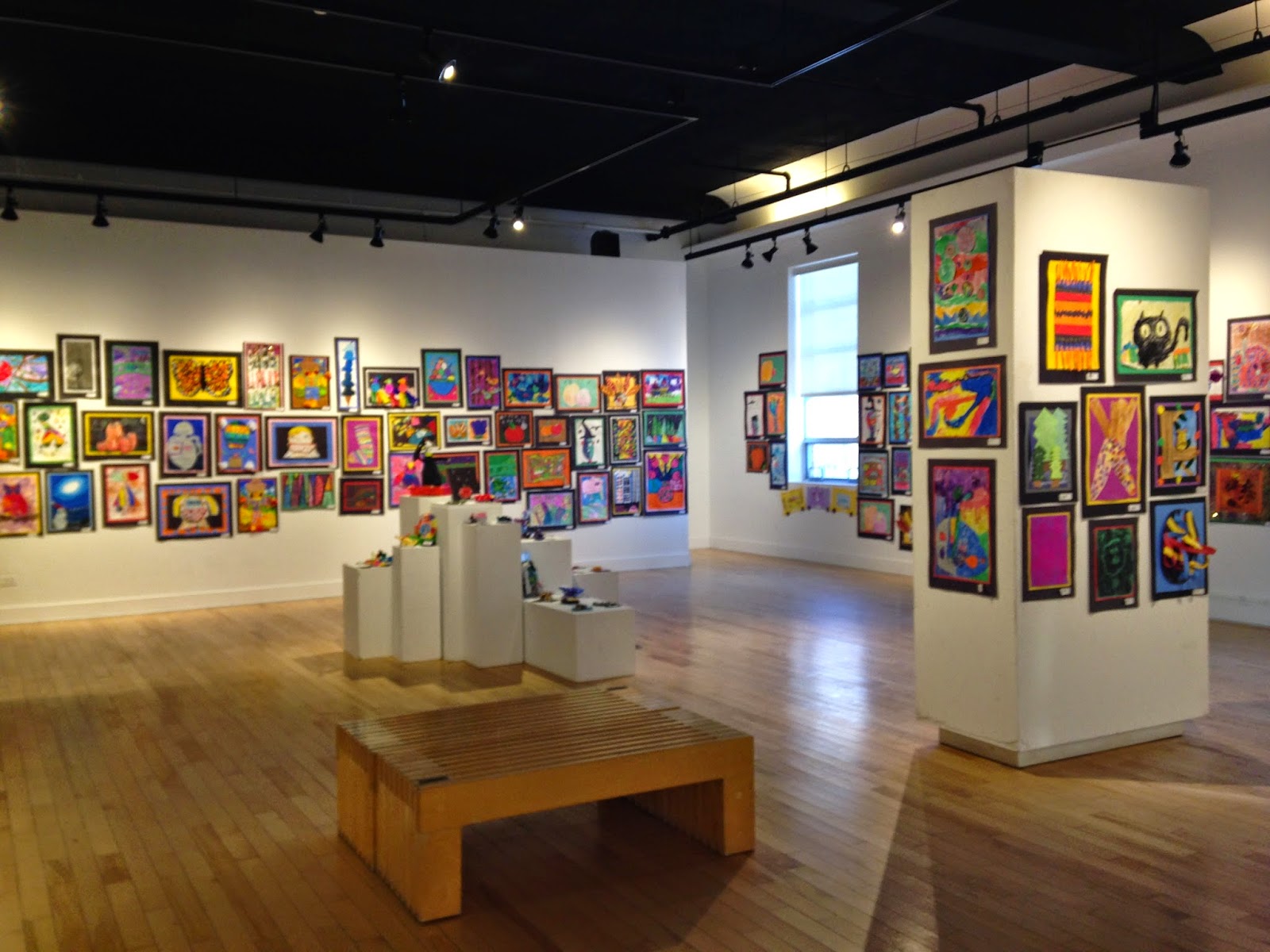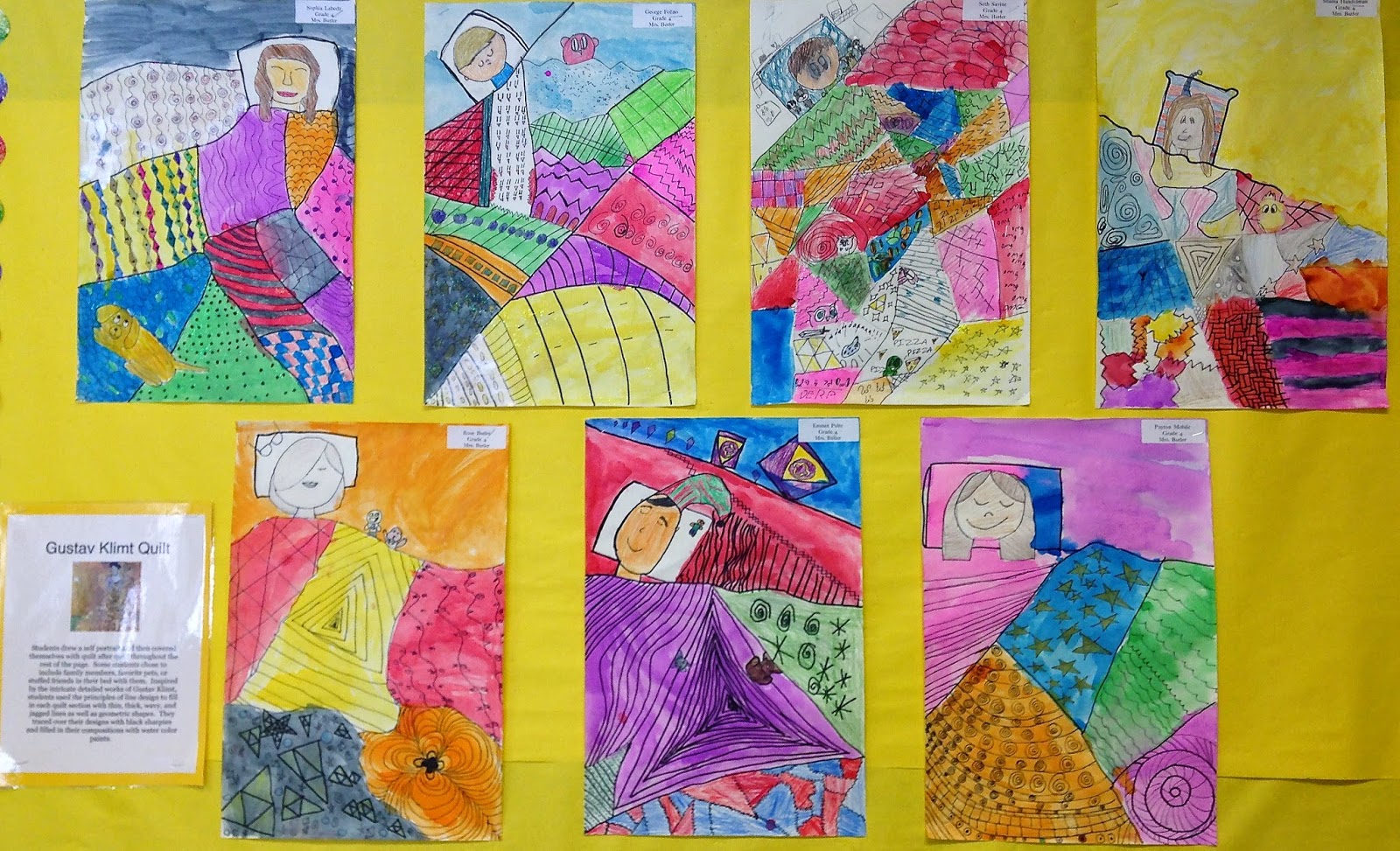This exhibit represented a selection of kindergarten through eighth grade art work created by students in North Shore School District 112.
The exhibit was on display from
February 19th through February 26th at
The Arts Center of Highland Park
We were proud to share a small sampling of the outstanding work produced daily in the district schools with the community.



















